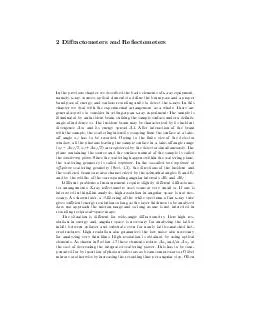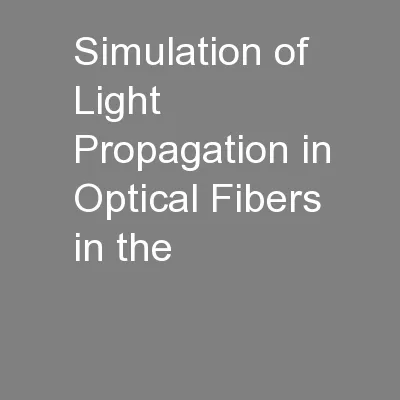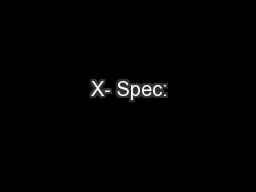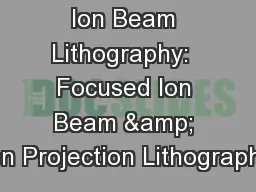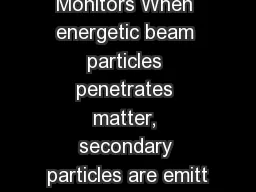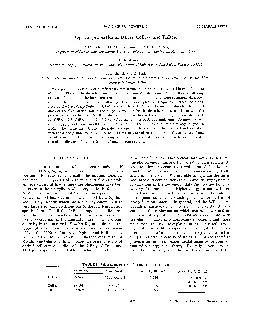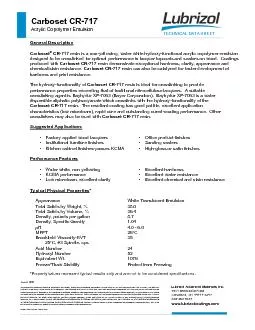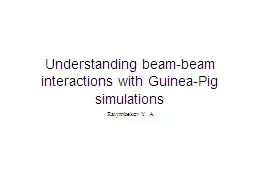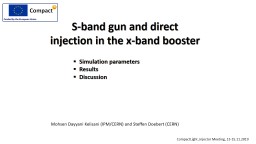PDF-Diractometers and Reectometers In the previous chapter we described the basic elements
Author : myesha-ticknor | Published Date : 2014-12-22
In this chapter we deal with the experimental arrangement as a whole There are general aspects to consider in settingup an xray experiment The sample is illuminated
Presentation Embed Code
Download Presentation
Download Presentation The PPT/PDF document "Diractometers and Reectometers In the pr..." is the property of its rightful owner. Permission is granted to download and print the materials on this website for personal, non-commercial use only, and to display it on your personal computer provided you do not modify the materials and that you retain all copyright notices contained in the materials. By downloading content from our website, you accept the terms of this agreement.
Diractometers and Reectometers In the previous chapter we described the basic elements: Transcript
Download Rules Of Document
"Diractometers and Reectometers In the previous chapter we described the basic elements"The content belongs to its owner. You may download and print it for personal use, without modification, and keep all copyright notices. By downloading, you agree to these terms.
Related Documents

